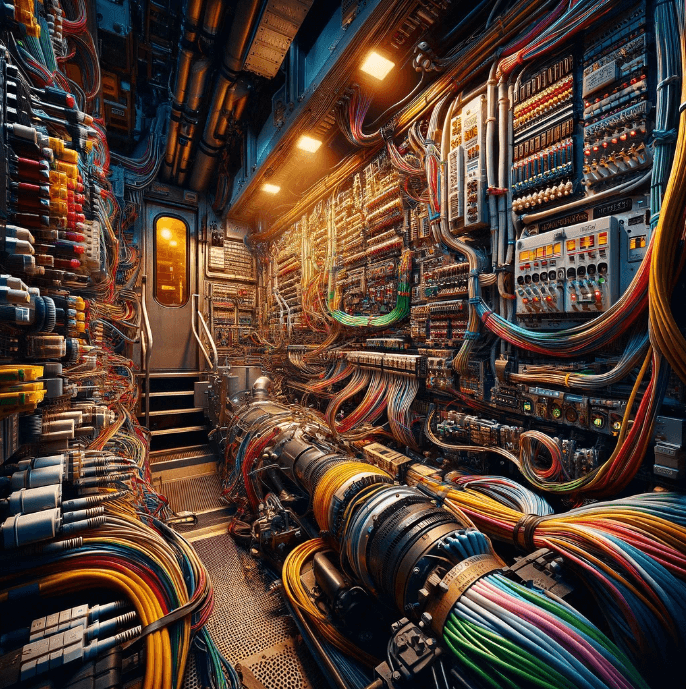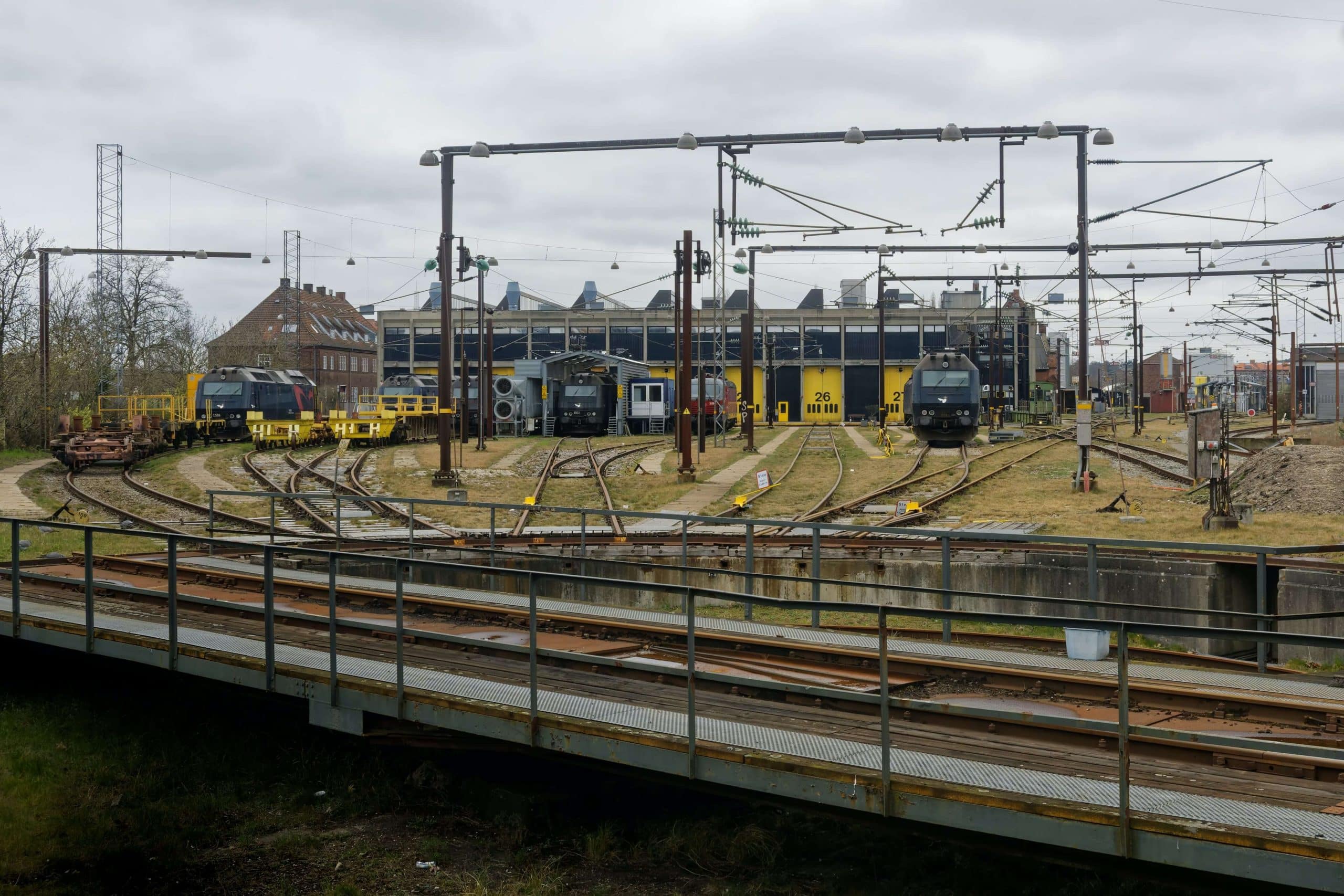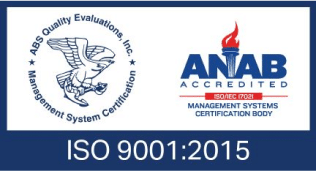
What Voltage Do Locomotives Use?
Have you ever wondered about locomotives’ electrical systems? They are magnificent beasts that depend heavily on electricity to keep them moving forward.
However, what is the voltage of these powerful machines? Well, we now present the dazzling world of locomotive electrical systems in detail and answer this electrifying question!
Primary Electrical Systems in Locomotives
Before getting into the specifics of locomotive battery voltage, let’s first look at the primary electrical systems seen on these powerful machines. Locomotives have two major systems:
- The primary electrical system
- The traction power system
The primary electrical function of locomotives is to provide power to various components and systems. A complex network of circuits and components works together to make sure the engine runs smoothly.
Front and center in the primary electrical system’s lineup is the main generator driven by the locomotive’s diesel engine.
The main generator receives mechanical energy from the engine and, in turn, transforms it into electrical power, which is then used to operate various systems specific to the operations of locomotives everywhere, including the auxiliary generator.
In addition to the main generator, the main electrical system also consists of other important elements, such as:
- Traction motors: Responsible for turning electrical energy into mechanical energy and moving the wheels of the locomotive forward.
- Control Circuits: Modulate the flow of electrical energy throughout the locomotive to ensure that each component gets only the right amount of power.
- Auxiliary Power Systems: Provide electrical power for non-traction-related functions such as lighting, heating, and air conditioning.
Now, let’s turn our attention to the traction power system. This system is responsible for supplying power to the locomotive’s traction motors, allowing it to tow large trains over difficult grades.
Depending on the type of locomotive and the railway infrastructure it operates on the traction power system is usually or possibly made up of a combination of electrical substation overhead wiring and third rail systems.
These systems supply the locomotive with the high-voltage electric power required to drive the traction motors and propel the train forward.
Diesel-electric locomotives work together with the primary electrical circuit and the traction power system to make sure locomotives run well. If there were no such systems, locomotives would have no ability to generate the power essential for pulling heavy goods over long distances or conveying passengers.
Traction Power System
Just to clarify, in a locomotive, the traction power system changes electrical energy into mechanical force to move the locomotive. The locomotive battery voltage here provides the power needed by the train and its propulsion and auxiliary devices.
Voltage Levels in Traction Power Systems
Now let’s pay attention to the key point of locomotive battery voltage levels. There are various voltage levels, depending on the specific requirements of the rail network.
Generally speaking, locomotives operate on either direct current (DC) or alternating current (AC) systems. Let’s take a closer look together!
Direct Current (DC) Systems
DC systems have been used for many years in locomotives. The locomotive’s motors and electrical parts are driven by a constant voltage output from these systems.
Known for their simplicity and reliability, DC systems can be expected to last up to several years when well maintained.
● Common DC Voltages in Locomotives
Locomotive DC voltage is running in the world of DC systems from 600 volts to 3600 volts. The appropriate locomotive battery voltage for an individual application depends on factors such as the infrastructure on which the tracks are laid out and what operational capabilities are needed.
But also, 1500 volts DC is a commonly used voltage level, and it is used widely in many different countries around the world.
Despite differences in these fields, this voltage level strikes a good balance between supply demand and the performance of the locomotive.
Advantages and Limitations of DC Systems
Their benefits include starting torque and controlling charging voltage systems that operate the locomotive at high efficiency. Systems of this nature are also simple enough to make some components easier to maintain and repair, resulting in widespread use.
At the same time, DC systems have their shortcomings. One such major disadvantage is the capability of transmitting DC systems over a long distance.
Alternating Current (AC) Systems
As technology advances, AC systems have been recognized for their ability to overcome the limitations present in DC systems.
AC systems use a constantly changing voltage waveform that allows for efficient transmission of electrical power over long distances.
Dual Voltage Locomotives
To make locomotives more versatile, more recent models were installed with a dual-voltage system. Dual voltage systems on these locomotives allow them to move between different voltage levels depending on what railway they are being used on.
By including both DC and AC systems, dual-voltage locomotives can accommodate varied electrification standards and handle variable voltages at different locations. This versatility guarantees that the train runs efficiently everywhere in every kind of network.
Purpose and Application
Dual voltage locomotives are often seen in countries where different voltages are used. In countries with multiple voltage standards, these incredible machines can make transitions between them seamlessly, making them indispensable for modern railway systems.
Managing Different Voltage Systems for Versatility
A transition between different voltage systems must be managed with great care and coordination.
Locomotive manufacturers have developed advanced control systems and intelligent electronic modules that automatically switch voltage levels. This is achieved by the locomotive’s own electrical switching circuits.
Voltage Conversion Systems
In some cases, locomotives need to operate at a voltage different from that provided by the railway infrastructure.
Much of this challenge is resolved by voltage conversion systems, which convert the given voltage to the desired level.
Onboard Voltage Converters
As long as they are equipped with onboard voltage converters, locomotives can adapt to different voltage values, making them suitable for various railway networks.
These converters ensure that the vehicle’s electric systems function flawlessly and economically, irrespective of the voltage.
Ensuring Compatibility with External Power Sources
When the locomotives are not electrified, they rely on external sources, such as diesel generators. The integration of these power supplies with diverse voltage systems and locomotive voltage regulators is what allows a smooth continuation of operation.
Electrification Projects and Voltage Considerations
Electrification projects are important in modernizing rail systems to reduce reliance on fossil fuels and improve efficiency. When designing these projects and estimating voltage requirements, selecting them in consideration of compatibility with existing locomotive voltage regulators is vital.
If you want to explore cutting-edge solutions like a ground power unit or a locomotive jump starter, don’t hesitate to contact us today!
To Summarize
So, in a nutshell, we’ve uncovered the inner workings of locomotive electrical systems, diving into the primary electrical and traction power systems. The main generator fuels the primary system, while the traction power system delivers the necessary high-voltage juice for pulling hefty loads.
When it comes to voltage regulators, there’s the tried-and-true direct current (DC) and the advanced alternating current (AC) systems. Dual voltage locomotives, rocking both DC and AC, seamlessly handle different voltage standards. Managing these voltages is a craft, involving smart control systems and nifty onboard converters.
It’s all about compatibility and efficiency, making strides in electrification projects and ushering in a new era for rail systems. So, that’s the lowdown on locomotive power – a mix of smart tech, adaptability, and a push towards a more sustainable rail future.







